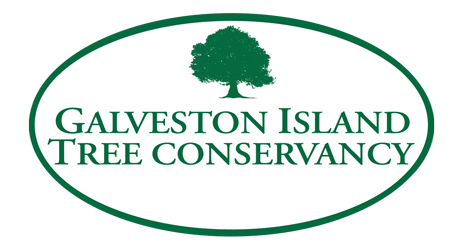Carolina Cherry Laurel
Tree Stories: Cherry Laurel
Spring is here, and a lovely early bloomer around town is the Cherry Laurel (Prunus caroliniana), also known as Carolina Laurelcherry, a small tree that has kept its glossy deep green leaves all winter. Presently it can be identified by showy two-inch spikes of tiny fragrant creamy-white flowers. These will be followed by small, shiny black cherries that are a favorite of birds and persist for months.
The natural range of this Texas native extends to the southeast US lowlands. Cherry Laurel is a fast-growing dense shrub or small tree that in our area typically reaches 15-20 feet in height and casts dense shade. It is easy to grow as a showy tree or hedge. In the 1950’s Cherry Laurel was widely planted in East Texas landscapes but the severe drought early in that decade weakened them and not many survived.
Cherry Laurel accepts a variety of growing conditions. It prefers full sun but will tolerate some shade. It likes well-drained, acidic or neutral soil and has moderate water requirements. Once established it can tolerate heat, cold, salty soil or sea spray, and drought, and ultimately requires little or no irrigation.
Cherry Laurel is attractive year-round with dark glossy green leaves, spring blossoms, berries, and bark that becomes almost black when mature. It will create a dense evergreen screen or hedge with regular pruning, but is also attractive when allowed to grow naturally into its upright-oval, dense form.
When crushed, cherry laurel leaves and green twigs emit a fragrance resembling maraschino cherries or almonds. However, all parts of the tree, like most members of the Prunus species, contain hydrocyanic acid and should never be eaten.
While the tree’s primary value is as an attractive and easy to grow landscape element, it is also highly valued by wildlife. The berries attract birds. It is an excellent nectar source for native bees, butterflies and other insects.
The quick growth and ease of maintenance makes Cherry-Laurel a great choice for your landscape but there are of course negatives. Seedlings sprouting under the leaf canopy are not an issue in an area which is mowed regularly. Root systems are shallow but usually not invasive or problematic. The fruit not consumed by birds can be a bit messy if the tree is located near a patio or walkway, but it is small and washes away easily. There are the usual pests as well, particularly borers and caterpillars, but such villains are most attracted to trees under stress and are less problematic with good care.
This beautiful, resilient tree has many advantages to home landscapers. It is easy to grow, evergreen, versatile and compact enough to use as a hedge or shrub, produces fragrant spring blossoms, and attracts birds and butterflies. It is a good choice for a small garden or as a street tree. You can start your own from seedlings or cuttings, but why not go out and get a good-sized one from your local nursery and enjoy it sooner?
“Tree Stories” is an ongoing series of articles about Island trees, tree care, and tree issues. If you have or know of a special tree on Galveston Island that should be highlighted, please email treesforgalveston@gmail.com. Margaret Canavan is a Galveston resident, a Galveston County Master Gardener, and a member of the Galveston Island Tree Conservancy Board.
Hurricane Ike caused the loss of 40,000 trees on Galveston Island. The Galveston Island Tree Conservancy was formed to address that loss and has replaced over 15,000 through grant-funded plantings and giveaways.





